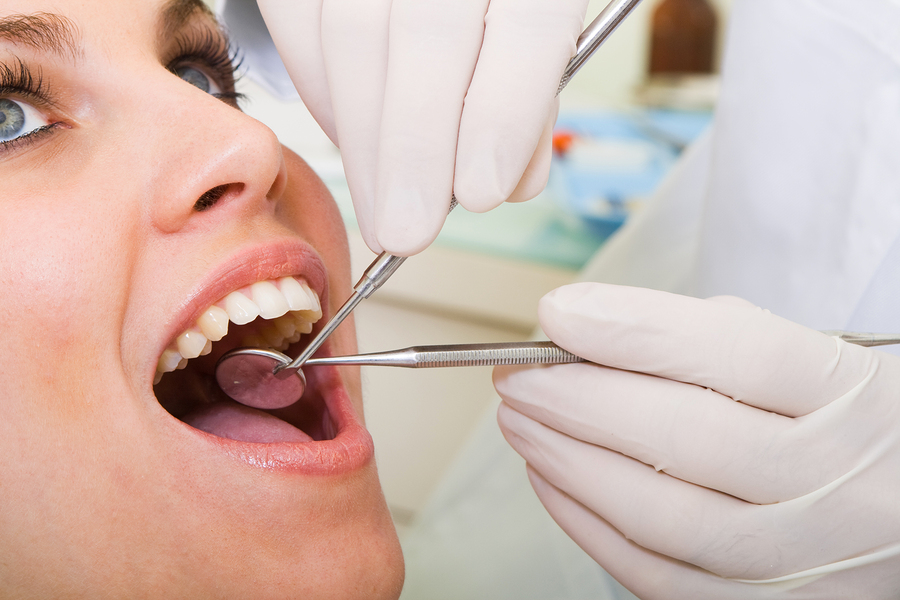We all have a sweet tooth and can’t say no to scrumptious delights. But, there is a price for everything. Too much consumption of sugary foods can land us in hot waters. The reality is that dental problems are on the rise like never before. Dental issues like cavities, tooth decay, and gum diseases not only costs our health but also our pocket in the long run. Therefore, it is important to nip the evil in the bud before it is too late.

So, do you want to get rid of crooked and damaged teeth? Does the thought of tooth extraction send shivers down your spine?
Well, there is no need to panic. The periosteal elevator provides a smooth and pain-free tooth extraction process. It gently lifts the mucoperiosteal tissue flaps before the tooth extraction. Moreover, it increases the surface area for the use of dental tools. Hence, the effectiveness of tissue elevation and tooth extraction depends upon the sharpness of the tips. Dental experts like this dentist in vienna are highly trained in using this small yet much-needed instrument.
So, let us hop on to some interesting details about this instrument.
What Is The Periosteal Elevator?
Have you ever happened to sit on the dental engine? What do you see around?
Yes, high-tech equipment’s along with a tray of dental surgical tools. At first glance, they all look the same but gradually you can figure out each one of them. They all not only vary in their sizes and shapes but also their functions. And without a doubt, dental elevators are one of the most important dental tools.
It is a sleek hand-held dental instrument. It can be either double or single-ended. Its working end is sharp and pointed while the other end is round and blunt. Therefore, for smooth and effective tooth extraction the working end should always be kept sharp and pointed.
Significance of Periosteal Elevator
Although the instrument looks quite simple and delicate. But, it performs a variety of tasks during the dental procedure. So, let us find out how it helps in oral surgery procedure
- It applies optimal luxation force to the targeted tooth area.
- It severs the periodontal ligament that connects the tooth with the alveolar bone.
- Creates the space between teeth roots and the connected alveolar bone.
- It allows the free movement of the tooth inside the socket due to the expansion.
- Elevation of soft tissue flaps and detachment of periosteum from the bone.
- It provides greater exposure of the surgical site by uplifting the oral surgical flap.
- Separation of the gums around the tooth area.
- It makes the use of extraction forceps easier.
Different Types Of Surgical Periosteal Elevators
Do you know what is the prerequisite for the tooth extraction process?
Exposure.
Without lifting the oral tissue flaps the dentist will not be able to penetrate the deeper regions. So, depending upon the different surgical procedures a variety of elevators are available to assist the surgeons. Therefore, let us discuss a few of them:
- Freer dental elevator
- Bennet elevator
- Buser surgical elevator
- Allen elevator
- Hopkins periosteal elevator
So, whether you have to lift the mucoperiosteal tissue, cut the periodontal ligament, or luxate the tooth so these elevators are all good to go. Hence, the best dentist in NYC have a variety of options to choose from. In case you are looking for a multi-purpose extraction tool so Anglevator is an ideal option.
Things To Be Careful About While Using The Elevator
The use of high pressure on the alveolar bone can harm the bone cells lining the socket or can even cause a bone fracture.
- Prefer the sectioning of tooth particles as it causes less damage to the adjacent tooth.
- For tooth removal, the elevator tip should touch the dorsal and ventral tooth surface.
- Weak tips of the elevators can break or damage with the use of high force.
- Use of different tip positions and angels to avoid the unnecessary movement of the neighboring tooth.
- Never use the adjacent healthy tooth for the dorsal elevator tip contact area while luxating the tooth.
- Always keep the working tips sharp and pointed to avoid the shred of the tissue flaps.
Methods To Reflect Tissue With Surgical Periosteal Elevator
The slender and sleek dental instrument allows deep penetration into the periodontal membrane. To optimize luxation effectiveness following methods must be kept in mind:
- For the elevation of the dental papilla (soft tissue), the pointed end of the elevator is used in a twisted, prying motion.
- Always use the push stroke if the working blade is underneath the periosteum
- Though the pull stroke is useful but requires expert handling of the tool to avoid the wear and tear of the periosteum
Why is Elevator Positioning Important?
We all are aware of the fact that the effectiveness of any operative procedure primarily depends upon the correct handling of the instruments. Therefore, for tooth luxation, the positioning of the elevator is quite crucial. It’s a combination of the elevator contact points, direction, and the magnitude of the tip force.
So, read below the following points to learn more about the elevator positioning:
- The ventral surface of the tip should touch the hard point of the targeted tooth
- The dorsal surface of the working end should contact the hard intraoral points
- Bone removal or tooth sectioning provides more options and room for the elevator positioning
In a nutshell, the dentistry industry runs on the wheels of robust and long-lasting surgical instruments. They not only assist the surgeons but also increase the operational success rate. Therefore, if you are in search of advanced surgical tools so GerDentUSA is a good place to start. The options for innovative and reliable dental instruments are endless. The use of stainless material provides utmost protection against physical, chemical, and environmental harm.
Hence, get your hands on high-quality surgical instruments for the best results. Certainly, we provide perfection, innovation, and excellence under one roof.

